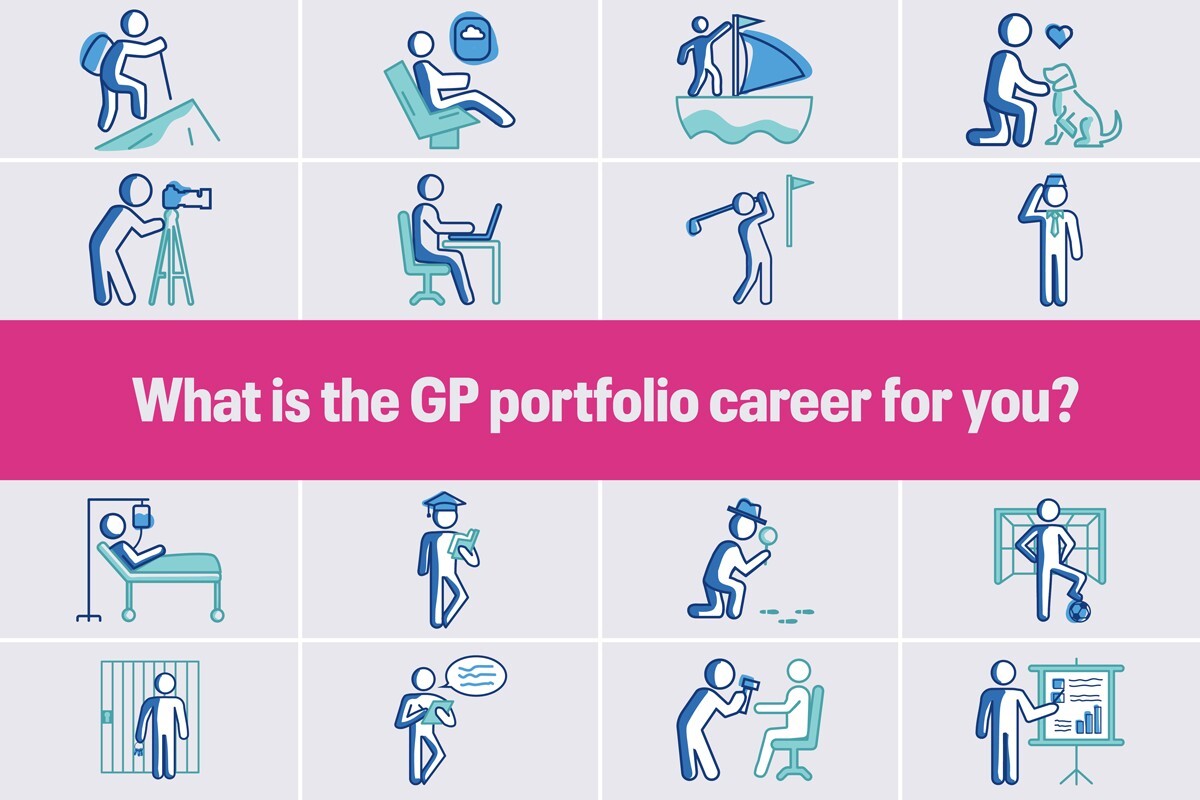Sponsored CPD: Key questions on current drug treatment options in type 2 diabetes


This is a promotional article for a CPD module that has been initiated, funded, and organised by AstraZeneca, and produced in collaboration with Cogora
Consultant in endocrinology and diabetes Professor Vinod Patel discusses current recommended pharmacological treatment options for the management of type 2 diabetes, including how to initiate SGLT2 inhibitors, escalating treatment in patients with poor glycaemic control and specific considerations in younger patients and the very elderly or frail.
Complete the full module on Pulse365 today
FORXIGA® (dapagliflozin) 10 mg film-coated tables. Consult Summary of Product Characteristics (SmPC) before prescribing.
For Prescribing Information, please click here
Adverse events should be reported. Reporting forms and information can be found at https://yellowcard.mhra.gov.uk/ or search for MHRA Yellow Card in the Google Play or Apple App Store. Adverse events should also be reported to AstraZeneca by visiting https://contactazmedical.astrazeneca.com or by calling 0800 783 0033
Learning objectives
This eLearning module will update you on pharmacological management of type 2 diabetes mellitus (T2DM) including:
- The hierarchy of pharmacological treatment recommendations in current guidelines.
- When and how to initiate sodium-glucose cotransporter-2 (SGLT2) inhibitors including. potential side effects and how patients should be counselled.
- How to choose appropriate therapies if escalating treatment beyond metformin and SGLT2 inhibitors.
- Managing issues of polypharmacy in patients with comorbidities.
- Considerations for particular cohorts, such as younger patients and the very elderly or frail.
1. The current first-line recommendation in NICE guidance is metformin, possibly with an SGLT2 inhibitor. When both drugs are necessary, is it better to start simultaneously, or sequentially? What are the pros and cons of each approach?
NICE guidelines for the management of T2DM in adults, fully updated in 2022, clearly state that standard-release metformin is the first line drug treatment.1 However, at the same time as prescribing metformin, the person’s cardiovascular disease (CVD) status and risk should be determined to assess for:
- Chronic heart failure.
- Established atherosclerotic CVD – eg, coronary heart disease, acute coronary syndrome, previous myocardial infarction, stable angina, previous coronary or other revascularisation, cerebrovascular disease (ischaemic stroke and transient ischaemic attack) and peripheral arterial disease.).
- High risk of developing CVD (QRISK2 score >10% in adults aged ≥40, or ≥1 CV risk factor in those aged <40).
Patients with heart failure and those with established CVD should be offered an SGLT2 inhibitor.1
Clinicians should also consider an SGLT2 inhibitor in those aged 40 and over with QRISK2 higher than 10%, or those aged under 40 years with one or more CV risk factors.1
It has been estimated that over 90% of patients with T2DM in the UK (excluding those with CKD stage 4-5) would be eligible for an SGLT2 inhibitor on the basis of the above criteria.2
The NICE guidelines state that when starting a patient on dual therapy with metformin and an SGLT2 inhibitor as first-line treatment, the drugs should be introduced sequentially, starting with metformin. This is mainly to check the patient has no significant side effects due to metformin. The SGLT2 inhibitor should then be started as soon as metformin tolerability is confirmed.1
In my experience, patients should be given metformin for 4 weeks (28 days) to establish metformin tolerance. If a person with T2DM was to start on two new agents from the outset it would be difficult to judge whether any side effects or intolerance are due to the metformin or the SGLT2 inhibitor. Starting the drugs sequentially may also be useful in helping patients to understand from the outset the importance of these two evidence-based drugs – that they need both the metformin and the SGLT2 inhibitor with proven CV benefit.
Remember also to focus on lifestyle adjustments such as weight optimisation, good levels of physical activity and a balanced, personalised diet as the cornerstone of care for the patient with T2DM.
Click here to complete this free CPD module and download your certificate logging 2 CPD hours towards revalidation
Professor Vinod Patel is Professor of Diabetes and Clinical Skills at the University of Warwick, Consultant in Endocrinology and Diabetes at George Eliot Hospital NHS Trust, Nuneaton, Clinical Director for Diabetes, West Midlands Clinical Networks & Clinical Senate, NHS England and NHS Improvement – Midlands
References
- NICE. Type 2 diabetes in adults: management. [NG28] Last updated June 2022
- Young K Hopkins R, Shields B et al; the MASTERMIND consortium. Recent UK type 2 diabetes treatment guidance represents a near whole population indication for SGLT2-inhibitor therapy. Cardiovasc Diabetol 2023 Nov 2;22(1):302
GB-63101 | February 2025
Portfolio careers
What is the right portfolio career for you?

Visit Pulse Reference for details on 140 symptoms, including easily searchable symptoms and categories, offering you a free platform to check symptoms and receive potential diagnoses during consultations.












